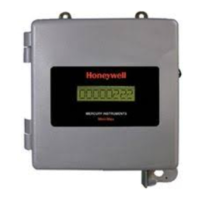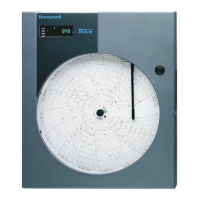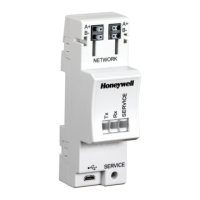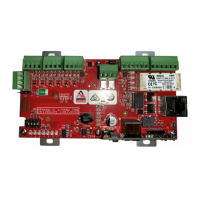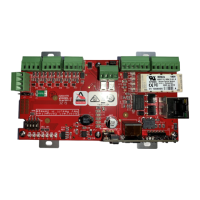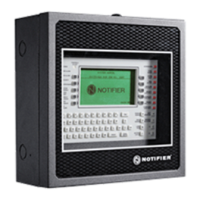XI581/2 BUSWIDE OPERATOR INTERFACE GETTING STARTED
7 EN2B-0126 (74-3554-8)
C-Bus
XI581AH/
XI582AH
Controller A
active buswide
access
Controller B
passive buswide
access only
Fig. 9. Passive buswide access.
To access a remote controller, you must first log in to the controller. Once you are
logged into the remote controller, operation is almost the same as operating a local
controller. The menu structure used for operation is always that of the remote con-
troller.
You cannot perform the following tasks while in buswide access:
• Set the controller number.
• Set the communication baud rate.
• Start up a new controller.
Controller Versions Some controller models (mainly older versions) do not support buswide functionality
or support passive buswide functionality only after installation of a Firmware
EPROM upgrade kit. Please contact your local branch or affiliate for further
information on EPROM upgrade kits.
Table 2. Buswide Access Capability of Different Devices
Device Buswide Access
Excel 50, 100, 500, 600
Controller
Yes, with Firmware EPROM Version Excel 500/600
1.03.00 or newer.
1
Version 1.01 cannot support active access.
2
Excel 20 Controller
Excel 10 Zone Manager
Passive buswide access, only.
Excel 10 Zone Manager supports passive buswide
access only with Firmware EPROM Version 1.02.xx or
newer.
XIP100 no
1
Excel 100, 500, and 600 Controllers running under Firmware EPROM
Version Excel 500/600 1.2.XX can be upgraded by changing the Firmware EPROM
to Version 1.03. The controllers then support full buswide functionality, i.e. passive
and active buswide access.
2
Excel 100, 500, and 600 Controllers running under Firmware EPROM
Version Excel 500 Version 1.01 must be equipped with the Excel 1.01 upgrade kit
for buswide access. They then support passive buswide access. However, Version
1.01 Controllers do not support active buswide access.
Buswide Alarm Handling The XI581/2 does not directly report buswide alarms on screen, but you can set it to
an “alarm standby” mode where it listens to the system bus and then reports the
occurrence of a new alarm somewhere on the system bus. In a separate screen,
you can view the contents of the alarm buffer which will tell you where on the sys-
tem bus the new alarm has occurred. You can then log in to the appropriate con-
troller and look in the alarm buffer of the remote controller to find the cause of the
alarm.
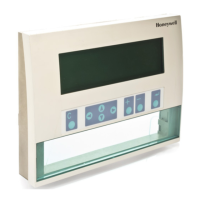
